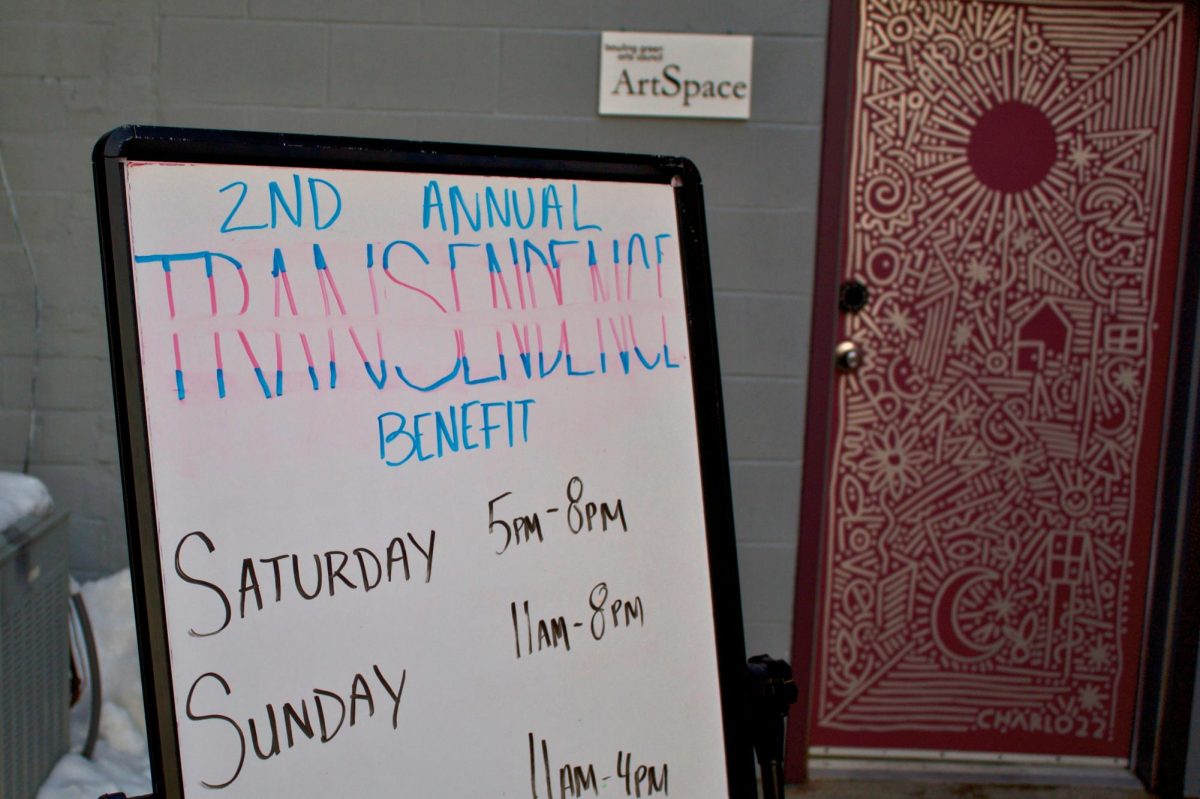An additional $13 million in budget cuts will be implemented in July, Utah State University President Stan L. Albrecht said at the State of the University Address on Sept. 15 in the Evan N. Stevenson Ballroom. Tuition will be increased twice, totaling $6.5 million to deal with the cuts.
Though the fight through the recession has not been easy and will continue to be a challenge, Albrecht said, he ensured faculty and students that USU has a bright future and many beneficial opportunities are in the making.
Though the economy is still struggling, Albrecht said, he was positive USU would get through this recession intact. ‘We’ll get through these cuts and be positioned to move forward,’ he said.
Albrecht said USU has faced enormous difficulties and ‘we don’t have the luxury of being defeated.’ He said he expects the recession to affect USU next year and beyond.
Albrecht recapped the budget cut that occurred last year. Round one is an ongoing cut that took $6.5 million in the fall of 2008. Round two was a one-time cut of $5.7 million in January, which resulted in the five-day furlough. Another furlough will take place to ease the pains of the budget cut starting July 2010 ‘- the days will be spread over a 12-month period. High-income staff will take five days of furlough and low-income staff will take two days.
Finally, round three is an ongoing cut of $8 million that was initiated in July. USU was then provided with $13 million from the stimulus package from President Barack Obama but it will only be a temporary fix, Albrecht said. Round three of budget cuts was dealt with through the separation program offered last year, which will be beneficial for ongoing savings.
The stock market has bounced back and the housing market is making ‘tentative’ steps forward, Albrecht said. In Utah, 82,500 workers are unemployed and 50,000 have lost their jobs this year. There are 14.9 million unemployed Americans, but Albrecht said he sees positive movement in education.
There will continue to be profound changes at USU, Albrecht said. The reduced income will majorly affect scholarship opportunities, faculty, tuition and department organization. In total, 27 percent of the budget has been cut. The majority of the cuts has been the result of the 76 percent workforce reduction, Albrecht said. One hundred and sixty two positions have been lost and three-fourths of them are unfilled positions, voluntary separation agreements or shifts in funding.
‘Any separation is critical to us,’ Albrecht said. ‘We are committed to do everything we can to save jobs.’
He said USU is affected by every staff member it has to say goodbye to.
An investment fund has been created where $2.5 million of USU’s budget will be stored. Albrecht said he plans on continuing with his strategy of not implementing ‘across the board cuts.’ Each college will be given a maximum reduction target and will create a plan to reach it. Some of the reductions will be alleviated through an investment fund that will be dispersed through the planning of the Budget Reduction Committee.
Albrecht said, ‘Many units still have savings from the voluntary separation program that can be applied.’
Even though USU has lost many faculty members, Albrecht said there has not been a hiring freeze. Since the budget cuts, 35 assistant professors have been hired and the faculty has more than tripled in the last four years, he said. Student enrollment is rising. The Living and Learning Center’s occupation is now at 97 percent compared to last year’s 71 percent, Albrecht said. USU is offering 40 degree programs and will be even stronger in research once the College of Eastern Utah merger is completed.
Construction plans for USU are still going forward. Plans for the USTAR, College of Agriculture, Utah Research Water Laboratory and new business buildings are in action. There are funds of $240 million for these projects and none of it comes from state tax, said Albrecht. He said public and private partnerships are being pursued to create new revenue opportunities. Synergies will be created within some colleges and the arts department could possibly become a college. A name that is being discussed for the new college is Caine College of the Arts, Albrecht said. The department also has the possibility of joining the College of Natural Resources or the College of Agriculture.
Albrecht ended the address by consoling the junior faculty members. Albrecht said he does not want junior staff to be discouraged by these difficult times and expressed his gratitude for the opportunity to work for higher education.
‘The things we have the opportunity to do here, simply do not occur anywhere else,’ Albrecht said. ‘Each day I feel a great humility and honor to be at Utah State University.’













